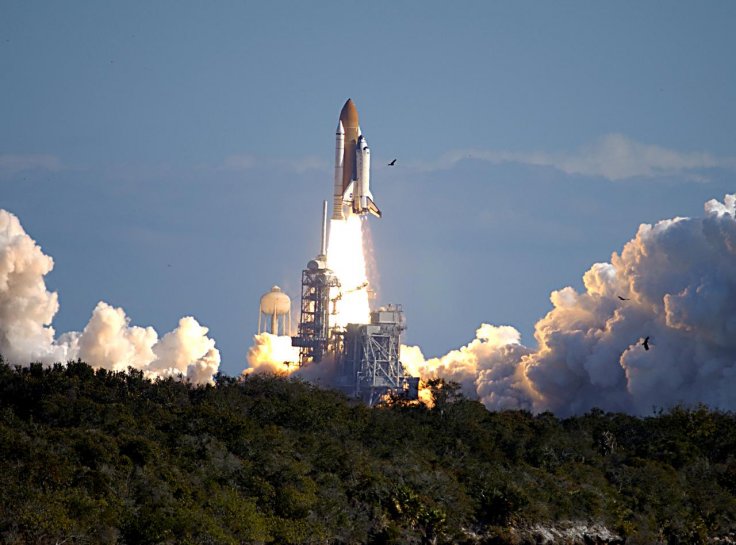
Mike Massimino, a former astronaut of NASA, revealed how the agency calculates the odds of a total disaster scenario happening during a spaceflight mission. According to Massimino, the agency's calculations are based on the two fatal disasters that happened during the Space Shuttle program.
The 57-year-old who is currently working as a professor of mechanical engineering at Columbia University became an astronaut for NASA in 1996. His first spaceflight experience happened in 2002 after he was selected to be part of the 108th mission of NASA's Space Shuttle program aboard the Columbia spacecraft.
According to the former astronaut, this mission, dubbed as the STS-109, was conducted just a year before the Space Shuttle Columbia disaster happened. During that incident, the Columbia spacecraft disintegrated while entering Earth's atmosphere, instantly killing its seven crew members.
Prior to the Columbia disaster, the Space Shuttle program suffered another devastating blow when its Challenger spacecraft broke apart shortly after liftoff in 1986. All crew members of the spacecraft died due to the incident.
Massimino noted that NASA referred to these two unfortunate incidents to calculate the chances of a similar disastrous events happening.
Out of the 135 flights of the Space Shuttle program, two missions ended tragically. Given these figures, NASA reportedly tells its astronauts that the odds of a mission resulting in total disaster are one out of 75.

"I think they tried to be as accurate as they could about it," he said according to Express. "I remember it because I flew on Columbia, the mission right before we lost Columbia, and then I flew again after on Atlantis, both shuttle flights."
"There wasn't as much talk beforehand, I guess it wasn't as much on our minds as it was after the accident, and we lived through that," he continued. "But the number I remember being told was about one out of 75 chance."
According to Massimino, NASA considers total disaster scenarios as those that result in the complete loss of its crew and its vehicle. The former astronaut noted that in terms of accidents, these kinds of scenarios are what NASA dreads the most.
Aside from losing astronauts and vessels, total disaster events can also affect the operations of an entire space program.
"What happens to the program?" Massimino said. "There's a loss of crew and vehicle. It really isn't crass, I don't think, because you can lose the vehicle but save the crew."
"So if you have an abort with the shuttle and it ends up in the water, hopefully, the crew gets out alive," he added.









